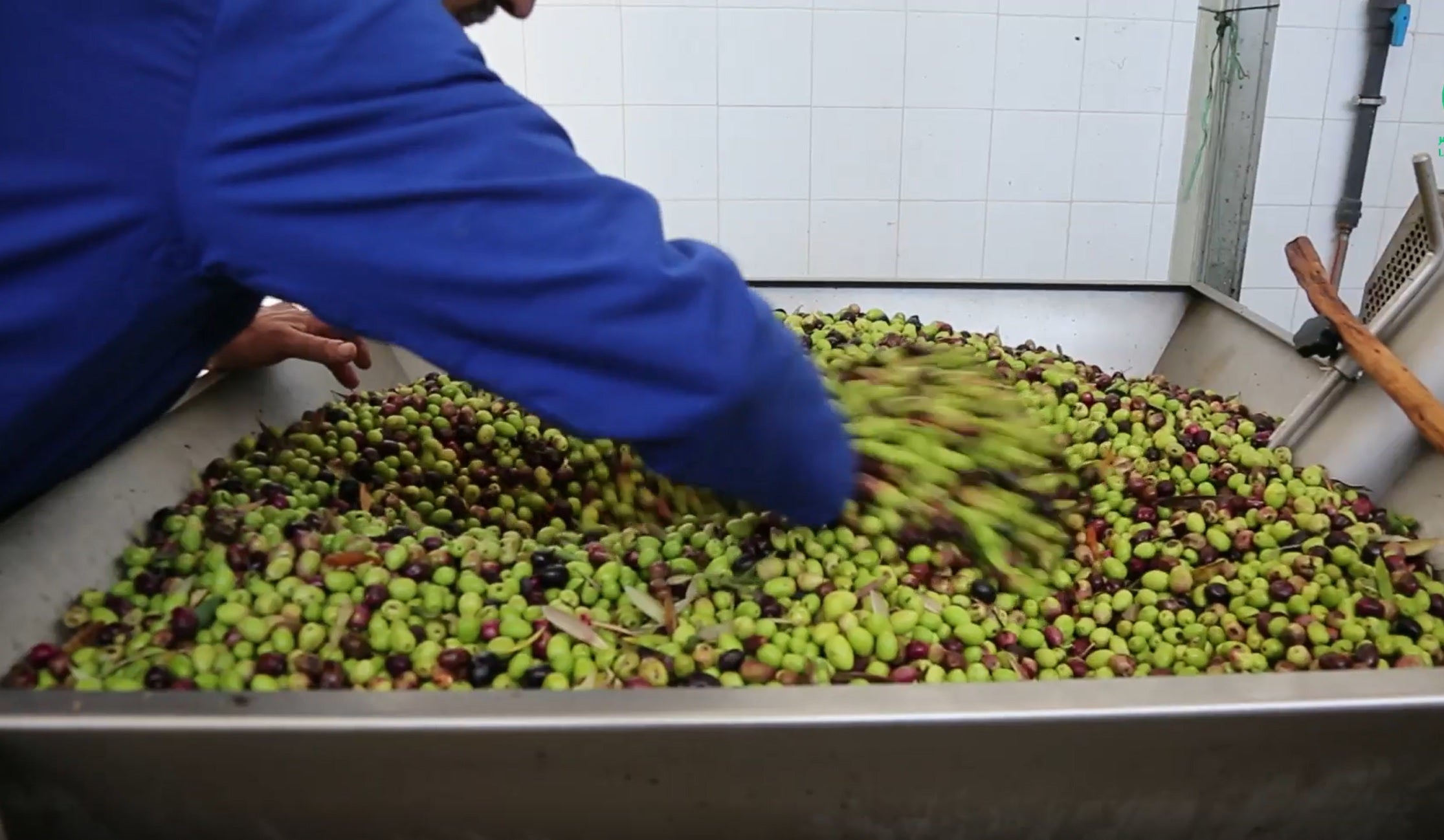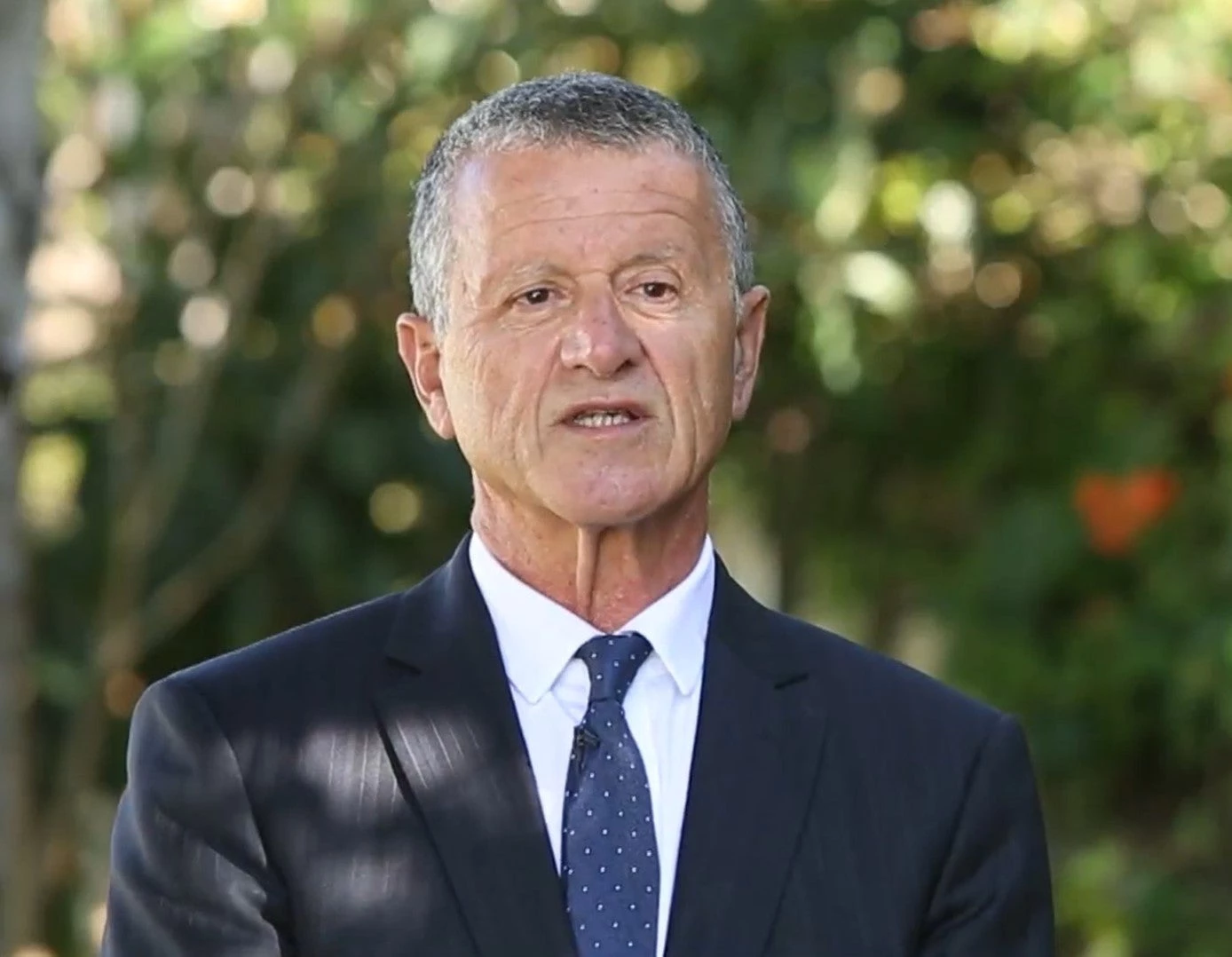 The ASIMA project has benefitted farmers in acquiring skills in better management of olive byproducts. (ASIMA Project Management Office)
The ASIMA project has benefitted farmers in acquiring skills in better management of olive byproducts. (ASIMA Project Management Office)
Agriculture remains one of Morocco’s major economic drivers. The sector represents on average 15% of GDP and employs close to half of the labor force. 23% of the country’s exports are also agricultural products. But there is a substantial disparity between large commercial and smallholder farmers. Subsistence farming by smallholder farmers is conducted mainly on rain-fed lands located in marginal areas that are characterized by less favorable agro-climatic conditions, limited basic infrastructure, difficult accessibility and limited access to agricultural services.
These small farmers face poverty, marginalization and are susceptible to environmental degradation. With limited access to irrigation, farmers in Morocco are not inclined to use their financial resources on technological innovation and new equipment, resulting in low productivity. Small farmers inevitably turn to overexploitation and unsustainable agricultural practices just to maintain a livelihood.
Land degradation is also a key challenge for Morocco, with the related economic cost estimated at $134 million annually. Around 2 million hectares of land suffer from water erosion. Overgrazing, overharvesting, agricultural pollution caused by inadequate use of fertilizers and pesticides are also causing biodiversity degradation. Environmental degradation and biodiversity loss negatively impact production outputs of subsistence farming, further trapping small farmers in a vicious cycle of poverty.
Morocco's agricultural strategy, Plan Maroc Vert (PMV), for the period 2008-2020, aimed to double agricultural growth and create 1.5 million jobs by 2020 under two major pillars that: a) support commercial farmers’ integration into domestic and international markets; and b) support smallholders by promoting crop switching, diversification and intensification, financing on-site processing and storage facilities, capacity development and promote farmers’ participation and access to markets. The strategy detailed through Regional Agricultural Plans, promoted an agri-food value chain approach. Agri-food value chains for each region were identified on the basis of agro-climatic conditions and their economic potential. Projects were then designed to support the vertical integration from production to commercialization of each agri-food value chain through farmers’ association and cooperatives, which included women.
The ASIMA project, which stands for Agriculture Solidaire et Integree au Maroc, complemented the existing PMV support directed to small farmers located in the two target regions of Souss-Massa-Draa and Marrakech-Tensift-Al Haouz. The project supported land and biodiversity conservation measures as well as training, field visits, study tours and awareness campaigns for small-scale farmers. ASIMA was part of the MENA-Desert Ecosystems and Livelihoods Program (MENA-DELP) funded by the World Bank and the Global Environment Facility (GEF), aimed at enhancing knowledge and sharing experience on ways to improve livelihoods in desert ecosystems sustainably through an ecosystem management approach.
“The ASIMA project financed a basin for the storage of the olive oil extraction wastewater as well as a unit to produce compost for soil fertilization. This compliments Plan Maroc Vert which financed the construction and equipment of our olive oil unit,” said Safaaa Laadam, President of the cooperative Touf Iftri, Tanalt, Ctouka-ait Baha, 100% women cooperative. “In addition, I benefited from training about soil and water conservation measures.”
Through research and awareness campaigns, farmers were trained on conservation approaches such as: using cactus and argan based livestock feed to reduce pressure on rangeland and soil enrichment using olive by-products. They were also taught different methods to protect soil and water from wastewater produced when processing olive oil, a competitive export product for Morocco. Approaches on how to conserve biodiversity through sustainable harvesting and adding value to medicinal and aromatic plants and protecting and preserving the Saharan yellow bee were also shared.
The processing units constructed added value to primary production by processing (for example, medicinal and aromatic plants) or by fabrication of new or improved products such as animal feed, essential oils, improved wax, new beehive models, and indigenous bees. The storage basins protected soil and water from wastewater from olive processing, and composting units produced compost from pulpy olive residues for soil amendment.
More than 3,000 farmers were trained on these approaches. Of these, 40% were women. These farmers went on and used biodiversity and soil conservation measures in farming. About 180 hectares of land adopted sustainable land management practices. Seven units that help in the valorization of olive mill wastewater were constructed, helping curb pollution while substantially enhancing the environmental sustainability of the industry and simultaneously contributing to its economic viability. Beehive manufacturing units as well as animal feed production units that create livestock feed from agriculture by-products were also constructed.
These measures allowed Ms. Safaa Laadam to acquire skills in land and water conservation so that she’s able to apply these measures for a better conservation of the soil and the groundwater. This positive feedback is confirmed by the results of the Beneficiary Survey. The satisfaction of small farmers with the techniques demonstrated (74% satisfied or very satisfied, according to the survey) and their satisfaction with the training given in soil and biodiversity conservation (77% satisfied or very satisfied) confirms that most of the farmers are convinced of the measures. The great majority (82%) also said that their skills in biodiversity and soil conservation had been strengthened by the project. The downstream value added is confirmed by the high percentage of farmers who expected to register positive economic impacts, with three quarters (75%) saying their incomes had increased or were likely to increase as a result of the project. In addition, research under the ASIMA project also demonstrated that soil amendment using olive by-products, the object of two ASIMA sub-projects, would improve both soil texture and soil fertility.
As many countries in the Middle East and North Africa region, including Morocco, are experiencing economic fallout from the coronavirus pandemic, the set of solutions developed under ASIMA can strengthen the resilience of communities living in marginal rural areas, ensuring their livelihoods are preserved even during these trying times. Our hope is that these efforts will also strengthen those communities’ resilience to future shocks while preserving the natural resources on which their livelihoods depend.


Join the Conversation